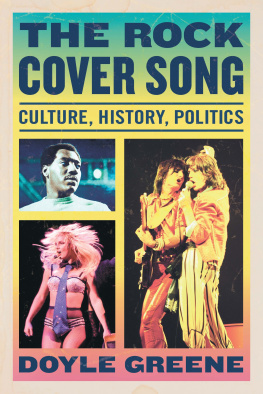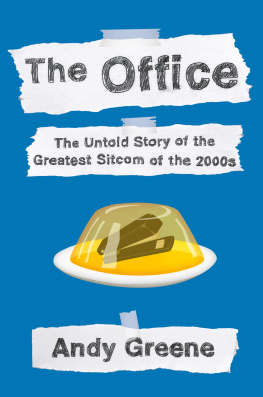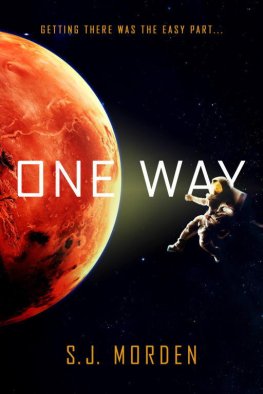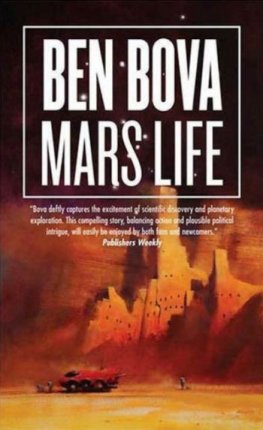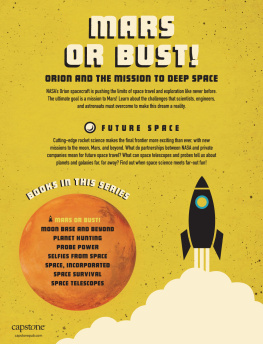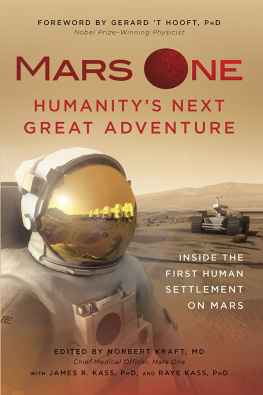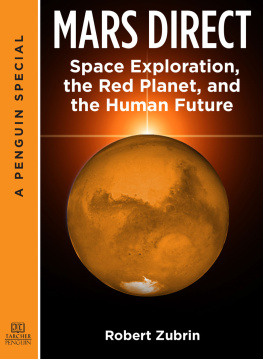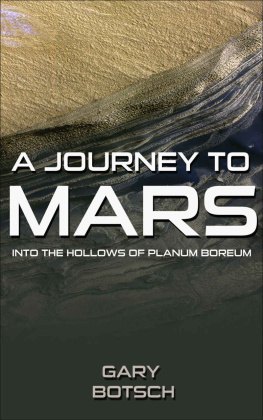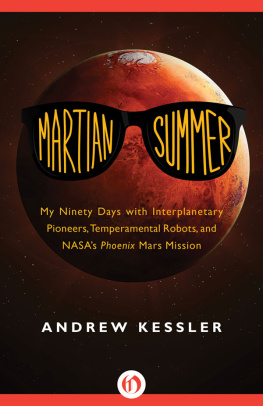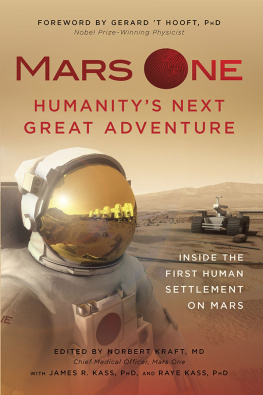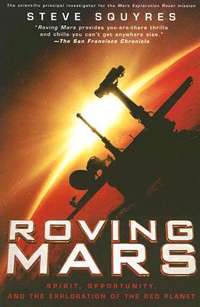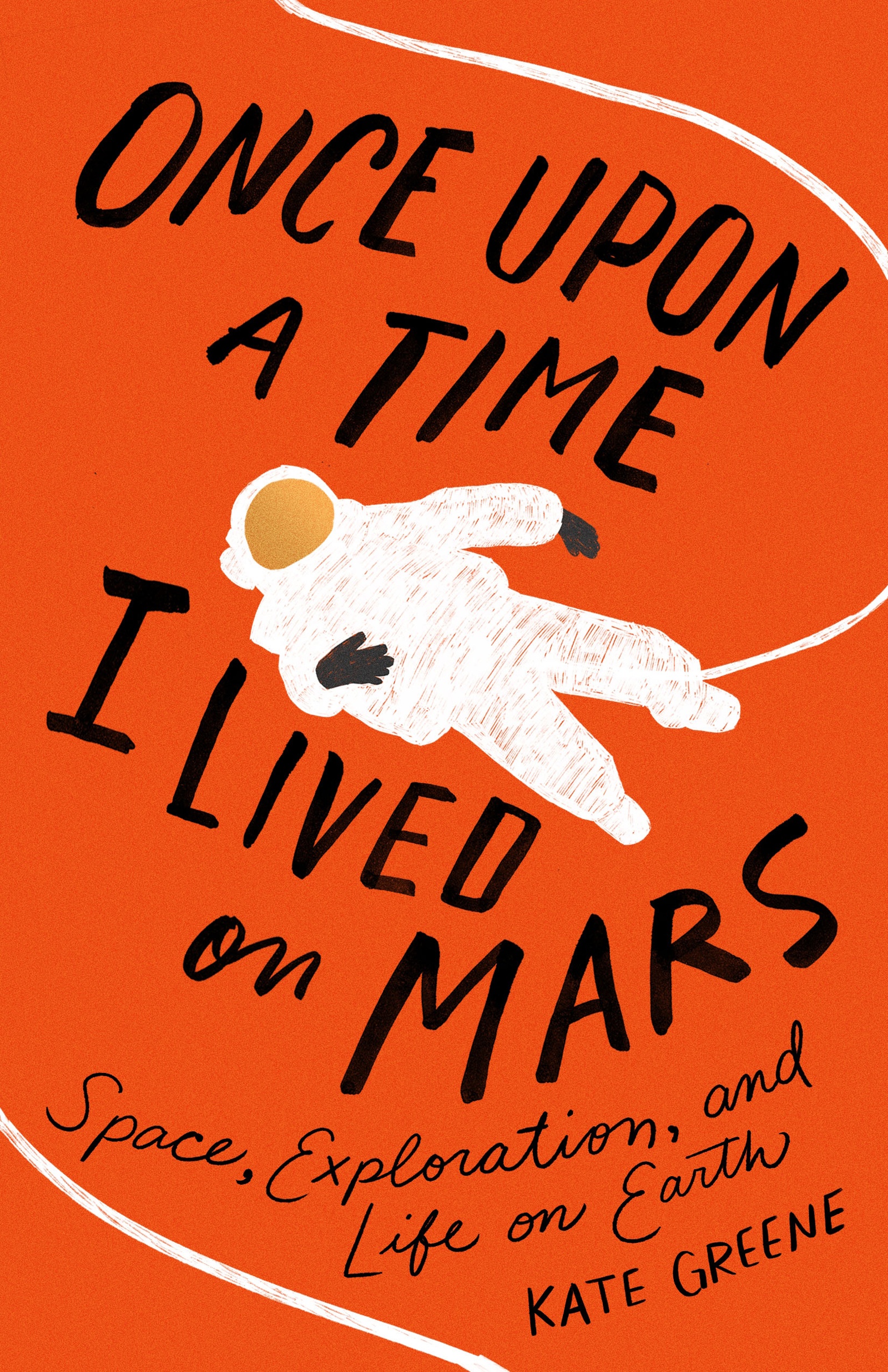The author and publisher have provided this e-book to you for your personal use only. You may not make this e-book publicly available in any way. Copyright infringement is against the law. If you believe the copy of this e-book you are reading infringes on the authors copyright, please notify the publisher at: us.macmillanusa.com/piracy.
W. H. Hudson says that birds feel something akin to pain (and fear) just before migration and that nothing alleviates this feeling except flight (the rapid motion of wings).
There were clouds in the Hawaiian sky on the morning of June 3, 1965, and beyond them, two hundred miles up, astronaut Ed White floated through the hatch of his Gemini IV capsule and became the first American space walker.
His main task was to test a handheld propulsion gun, which would blast him to the end of his tether and back three times before it would run out of fuel. Twenty-three minutes later, over the Gulf of Mexico, White tugged on his umbilical and floated back inside the craft. Space walk as cakewalk, mission accomplished.
A year later, the second American space walk nearly ended in disaster. NASA wanted Gene Cernan to try out a full-fledged jetpack, built by the air force and stowed outside and at the back of his Gemini IX spacecraft. Cernan, unlike White, had no propulsion gun. To reach the pack, he needed to use the hand- and footholds bolted to the exterior. Bad news was that these holds were too few. Worse news was that Cernans suit was unexpectedly stiff once pressurized due to extra fabric to protect him from the heat of the jetpacks thrusters.
And so Cernan clumsily pawed at the exterior of the capsule, spun himself around, and tried to grab at anything while barely able to move his arms and legs. It might have been funny if not for the mortal danger. Cernans exertionsa heart rate maxing out at 195 beats per minute and heavy breathingoverwhelmed his suits cooling system. Sweat stung his eyes, and his visor fogged. NASA eventually canceled the walk. Still, he wasnt yet out of danger. Both he and crewmate Tom Stafford knew Cernan would have to make his way back inside on his own since Stafford couldnt leave his post. If Cernan couldnt manage it, protocol required that Stafford throw him overboard, effectively cutting the tether to close the hatch to return to Earth.
A highly motivated but utterly exhausted Cernan eventually did make it backusing his nose to rub a small window through the mist on his visortwo hours and eight minutes after the space walk began. Cernan lost nearly fourteen pounds.
Ten days after that troubled space walk, NASA reps attended a prescheduled demonstration of underwater astronaut traininga new kind of zero-g simulationput on by a small NASA contractor. The founders of the company had been trying for years to get someone at the agency to seriously consider using scuba for mission training, but hadnt gotten much traction. Now, however, NASA officials were ready to listen. And Cernanwho many suspected had his own panic to blame for the botched space walkwas first to sign up.
At a prep-school pool in Baltimore where the company had developed their training setup, Cernan, in a pressure suit, slipped into the pool and practiced moving around, turning knobs, and tightening screws outside a mock-up Gemini capsule. Impressed by the exercise, Cernan announced that compared to zero g, it was at least 75 percent accuratecertainly good enough to develop best practices and improve safety on future flights. Soon, other astronauts followed, and by the end of 1966, neutral-buoyancy training had become a critical part of pre-mission operations.
NASA still uses this kind of underwater training today, but recently the agency has also embraced an enhanced kind of simulation that goes far beyond practice in a pool. These simulations are called analog missions, and they are how the details of future human exploration to asteroids, the moon, and Mars come into focus. Analogs, which are managed by space agencies and independent organizations around the world in places like Antarctica, Morocco, Moscow, and an underwater facility off Key Largo, let engineers test equipment and play out scenarios that might arise on expeditions in deep space. But increasingly, these faux space missions are also used to probe astronaut psychology and sociologythe most unpredictable element in any human expeditionto study coping strategies potentially useful on a long journey far away from Earth.
In 2013, NASA launched its newest Mars analog mission, called Hawaii Space Exploration Analog and Simulation, or HI-SEAS. The project emerged from the interests of Kim Binsted, professor of information and computer sciences at the University of Hawaii and Jean Hunter, professor of biological and environmental engineering at Cornell. Both were curious about space-food systems for Mars and about the foods impact on crew psychology.
In 2012, they put out a call for almost astronauts to participate in a four-month Mars mission. Binsted and Hunter wanted a crew who could technically qualify for spaceflight, according to NASA, in terms of education and experience. They were also looking for astronaut-like personalities which, according to Binsted, feature thick skin, a long fuse, and an optimistic outlook. Nearly seven hundred people applied worldwide.
At the time I was a science journalist and not necessarily an obvious choice for the mission. And yet I found myself on it. Between April and August 2013, I lived with five other not-really astronauts in isolation, all of us making various Martian concessions like mostly bathing with wet wipes, forgoing real-time social media, and zero access to fresh fruits or vegetables.
We lived inside a large, white geodesic dome off an access road at 8,000 feet on the Hawaiian volcano of Mauna Loa. The scene was very red, very rocky. Very Mars. There was limited electricity and water. We could only leave the dome wearing bulky, cumbersome, space suitlike outerwear. While we had an emergency cell phone, our sole regular contact with Earth was through email. And since Mars is extremely far away and photons can fly only so fast, our email transmissions were delayed by twenty minutes each way to mimic the actual communication lag to be experienced by Martian explorers. It wasnt your typical Hawaiian vacation.
All for science, though. Binsted and Hunters main research question regarding food was this: Might it make sense to allow astronauts to cook their own meals once theyve landed on Mars? Data has shown that astronauts on six-month missions on the International Space Station eat less over time and lose weight, making them more prone to illness and injury. One reason for this could be that they grow bored with their limited selection of just-add-water-and-heat entres. The consequences could be dire on a two-and-a-half-year mission to Mars.
But what if, once on Mars, back in touch with gravity, astronauts could cook their own meals? Theyd have to use shelf-stable ingredients, of course, but given enough ingredients like freeze-dried beef, dehydrated onions, bell peppers, tomatoes, flour, rice, freeze-dried cheese, cashews, oils, spices, there could be thousands of recipes. Might these novel dishes help astronauts regain their appetites?



